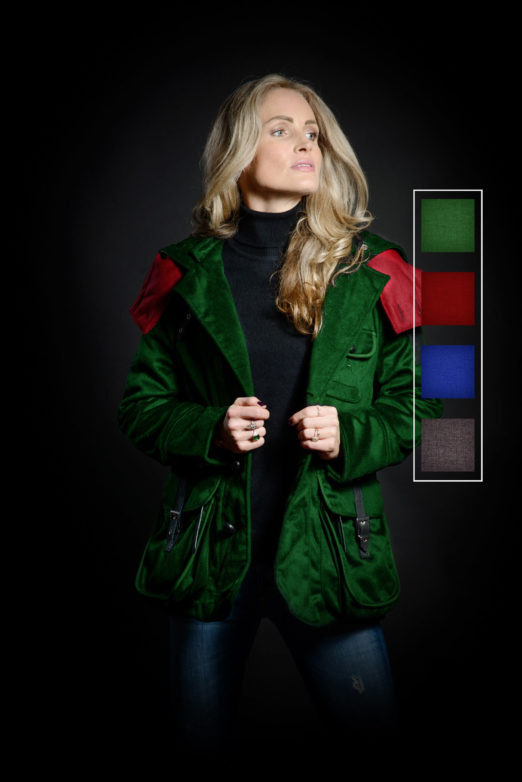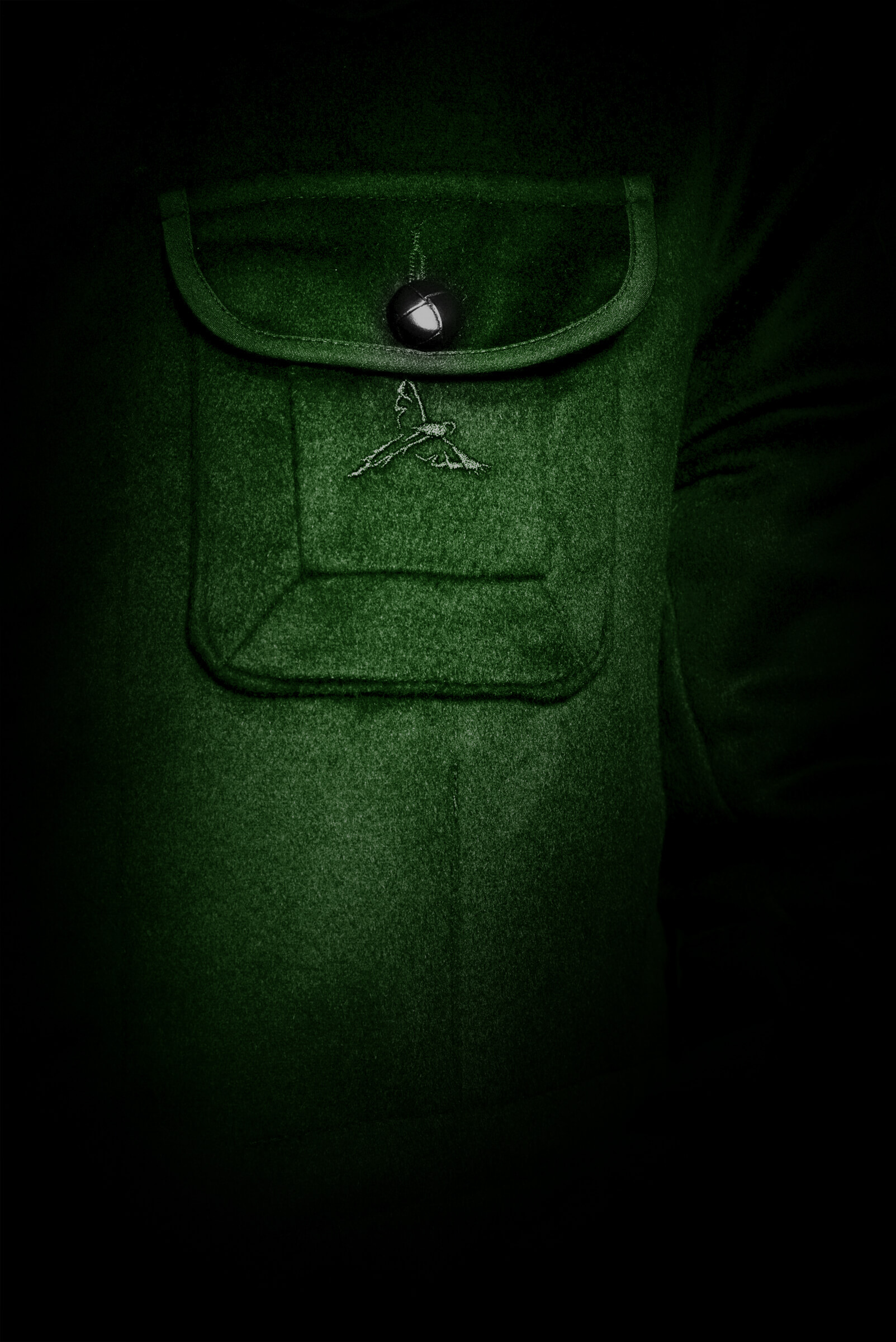Accepted Payments



Our Atelier uses only genuine leather, predominantly finest calfskin of the highest quality and durability.
On request, we will be pleased to offer you exceptional leather options, provided that these leathers are not covered by species protection regulations.
Our customisation offers include cowhide, horsehide, ostrich leather, crocodile leather and fish leather (skate leather). The latter is extremely durable as it is protected by small, pin-sized pearls tightly embedded in the leather.
The processing of skate leather, in which the outer skin has to be cut and filed out of small pearls, is very labour-intensive. The finished leather is extraordinarily robust and thus remains useable over generations. It has a discreet and unique look.
The leather applications and products you acquire from us are made of conditioned leather in order to ensure lasting durability. In normal use – depending on how the leather was produced, its origin, finish, usage, age and exposure to wear and tear – we recommend treating our leather clothing items every 12-24 months in order to keep the leather looking its best.
If in heavy use, leather may need reconditioning with oil to keep it soft and supple. Additionally, it may need a UV filter to stop it from fading or a friction-reducing additive to slow down the rate at which it becomes faded.
TIP
A series of impregnations are advisable if the leather is exposed to dampness, so that the moisture does not cause any blotching or stiffness. Wherever possible and visually advisable, the trimmed edges are sealed so that no moisture can penetrate into the leather.
If you are taking care of your leather items yourself, we recommend that you first use a soft brush to clean off any dirt or dust. Using a damp fine cloth, you can then wipe off any soluble elements such as salt (on winter shoes) and stains.
Next, the leather is cleaned using a leather cleaner. Leather cleaners clean the leather and remove any spots and dirt. You should avoid getting the leather wet through, as excessive moisture causes it to swell and shrink.
Using a slightly dampened cloth, the excess cleaning agent should then be wiped off so that it does not build up within the leather. Next, apply the leather care product in accordance with the product care instructions, which differ from product to product.
In order to prevent and reduce their tendency to get dirty, high-quality, finished, dyed smooth leathers have a surface coating that partially or completely seals the leather’s pores, thus helping to improve its reaction to dirt and simultaneously reducing its susceptibility to water.
TIPS
In the event of particularly heavy use, abrasion of the surface-coated (dyed) leathers can reveal the colour of the undyed, tanned leather below, thus requiring an occasional freshening up of the leather’s colouring.
Leather that is not looked after will over time become brittle and cracked. It may also fade. Aniline leathers are open-pored, have no surface coating and are dyed right through.
In the absence of any sealing, it is possible for liquids to be partially absorbed. Therefore please use only mild cleaning agents. Due to their open-pored nature, aniline leathers develop a patina. This can be slowed down by sealing. Aniline and smooth leathers should be treated as needed with a leather cleaner and an appropriate leather-care product.
The open-pored leathers include suede, which is brushed up using a rubber brush or block available from specialist retailers and then impregnated.
Vegetable-tanned, chrome-tanned, aldehyde-tanned and oil-tanned leathers are treated using standard cleaning and leather care agents.
Mammal leathers (calfskin, cowhide, lambskin, goatskin, horsehide, deerskin, pigskin, etc.) have almost identical structural qualities and the same cleaning and leather care agents can be used. Fish and reptile leathers (alligator, snake, skate, shark, etc.) are chemically cleaned and then impregnated with special cleaning and leather care agents from the specialist retail trade.
These should just be dabbed on to enable them to be absorbed into the leather. They should not be rubbed in. Fish leathers from cultivated fish stocks are rare, exquisite types of leather. The skin surface areas are generally very small and working with such leathers is labour-intensive, requiring in-depth, traditional expert knowledge.
The drying process alone takes up to a month. Fish leather is a natural raw material and has been used for centuries by the Nanai people of Eastern Siberia to produce all kinds of garments. The fibres of fish leather criss-cross over each other. This is different from cowhide, where the fibres run in parallel.
Therefore, in any comparison of leathers of the same thickness, fish leather has extraordinary elasticity and strength. In the case of salmon and perch, for instance, tensile strength is as much as 90 Newtons.
There is a multitude of cleaning and leather care products for shoes that can also be used for leather suitcases. Polishing with a firm wax gives a shiny effect to the surface structure.
Garments made of leather should be dry-cleaned. Afterwards they should be treated with dubbin or an impregnation spray to seal the surface and protect the leather.
Bags, belts, saddles, car seats and furniture made of leather should be regularly cleaned using mild cleaning agents and then treated with dubbin. How long this is given to work its way in should be based on the leather’s level of wear. This can be from a few minutes up to several days, e.g. for classic car seats.
In order to avoid spots, etc., it is imperative that any excess care product is wiped off after this time.
Please keep moisture away from leather products to the extent possible and do not wash them, neither in the washing machine nor in any other manner. Moisture leads to the expansion of the leather, which in turn leads to shrinkage and hardening of the leather during drying and thus to its damage.
Dyed leathers may transfer some of their colour to another surface in the presence of moisture, especially if they have not been impregnated and treated.
Animal skin consists of collagen fibres. Regular leather care will protect these protein fibres from environmental influences such as dirt, moisture and abrasion.
If you own any of our garments with leather appliqués, please have them cleaned only by professionals.
Hydrolysis, oxidation, mould damage, UV radiation, fatty acids, abrasion, stretching, skin beetles and kinking can damage your leather articles.
Specialist retailers offer you a multitude of leather-care products (leather care lotion, dubbin, leather balm, leather care cream, leather oil, leather impregnation sprays) and can advise you on the right choice for your leather.
For high-quality leathers, we recommend taking advice from a specialist leather retailer. It is advisable to show the retailer the leather product in question and to follow their recommendations. Please do not experiment with your high-quality leather items, as using the wrong care products can impair their appearance and even cause damage. If the leather in question is especially valuable, you should use particularly high-quality care products.
Synthetic oils in such products do not become rancid nor do they create a breeding ground for bacteria and fungi. Treated in this way, precious leathers last even longer. Care products containing synthetic oils, dubbin and additional UV filters are generally more expensive, but also significantly more effective.
How the leather is treated should be chosen based on the type of leather in question. Dubbin would produce spots on nubuck leather and an impregnation spray would be pointless on car leather, as it is already waterproof and is not harmed by water inside an enclosed vehicle.
Caustic leather cleaners can damage sensitive leathers or leave spots on leather with open pores. Matching the right method of cleaning and care to the type of leather is therefore very important.
TIP
For treating high-quality leathers we recommend that you definitely do not use old ‘home remedies’, such as Nivea cream, olive oil, full-fat milk or castor oil. They become rancid in the leather and destroy its substance.
Please contact our Customer Support















